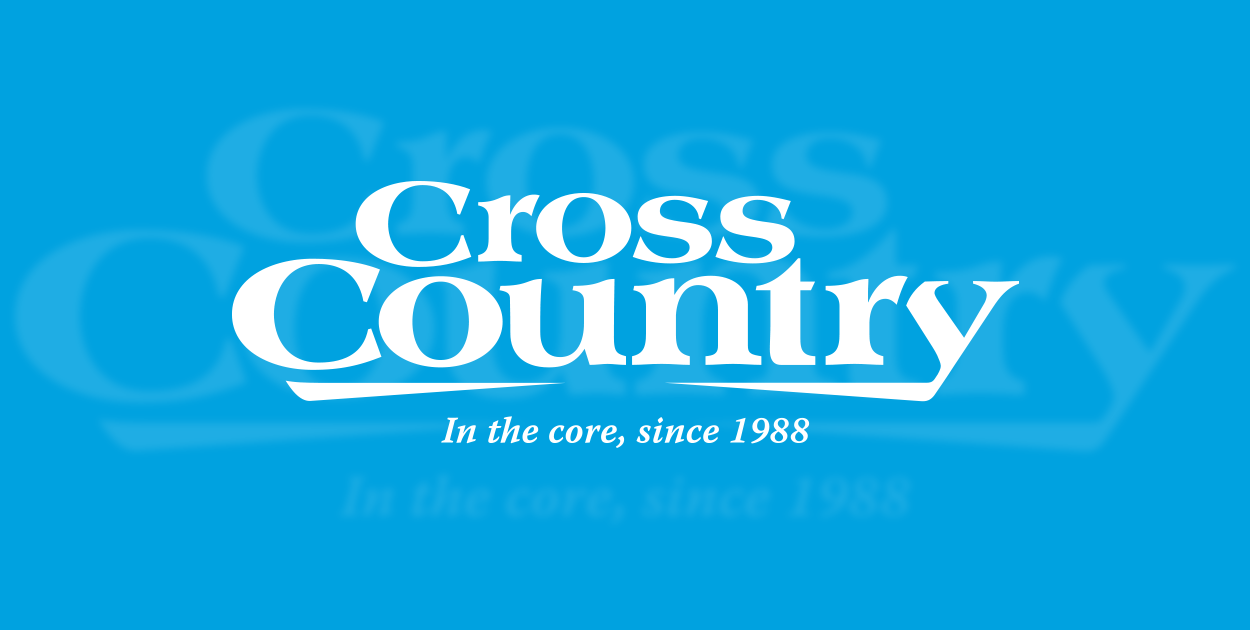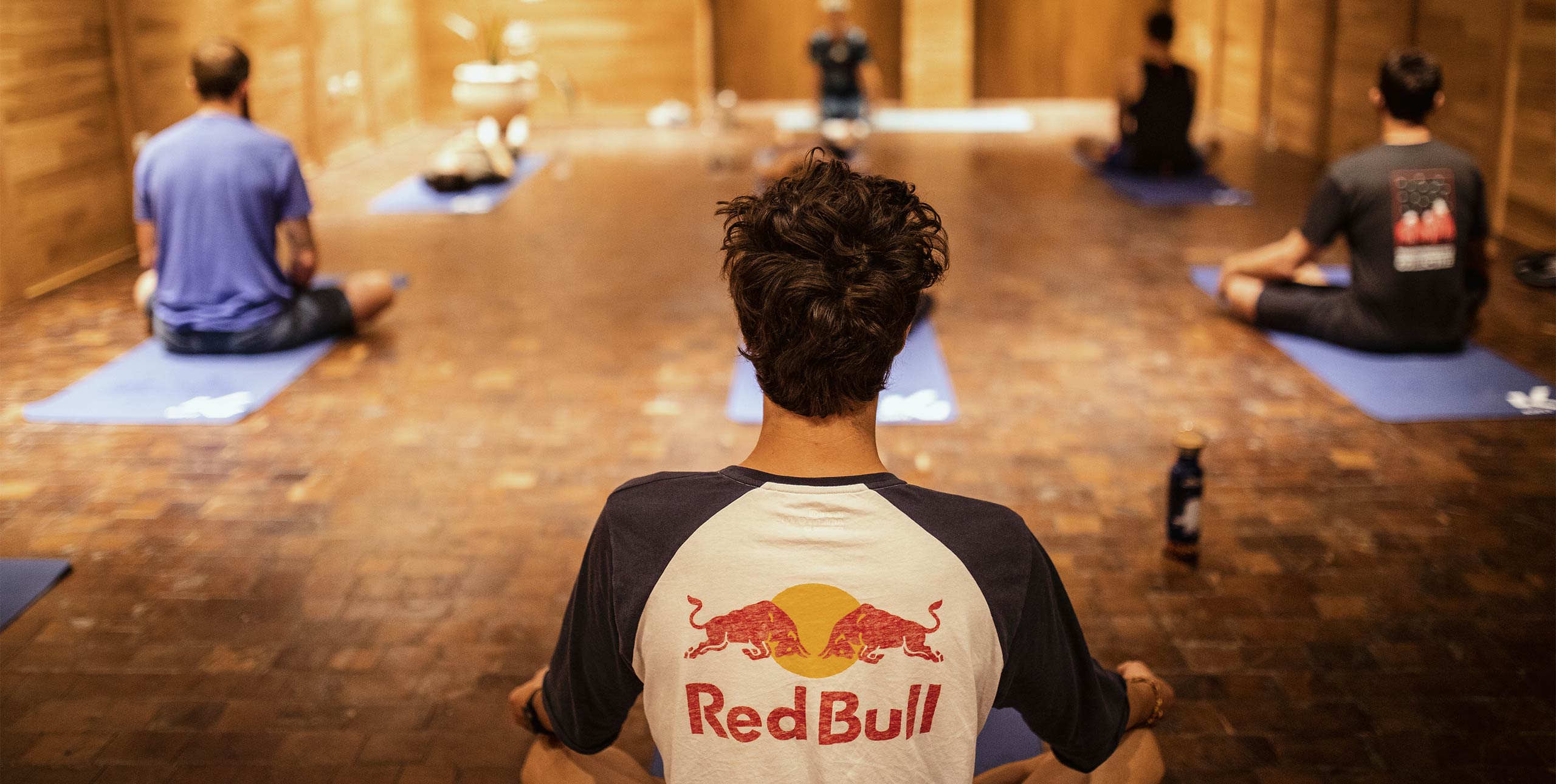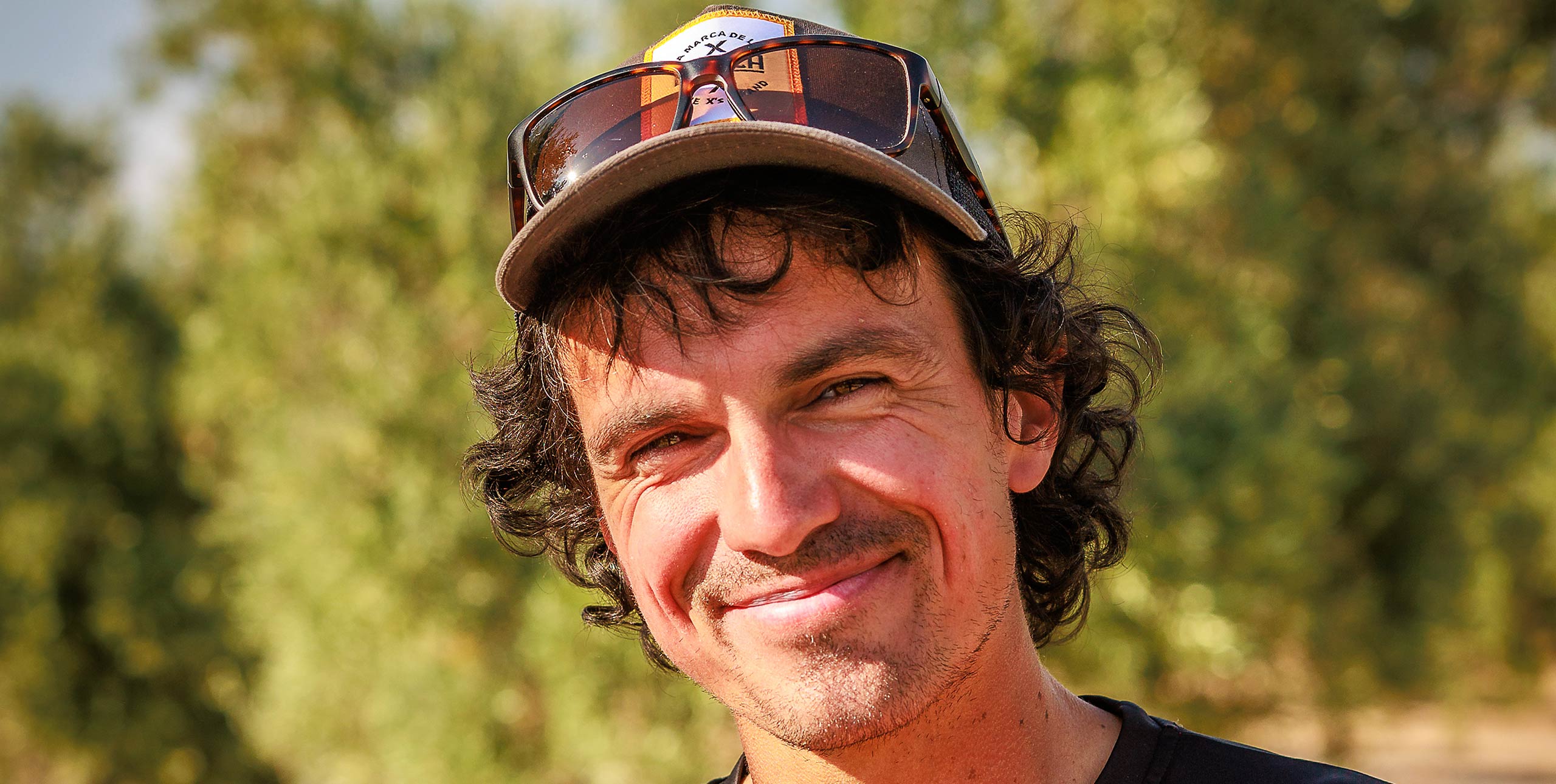
How to choose a paraglider: The honest choice
10 March, 2003, by Rob WhittalFormer paragliding and hang gliding world champion Rob Whittall on what should influence you when choosing a new paraglider. Published in Cross Country magazine in 2003
Confidence
Confidence is often overlooked, yet I feel that it the most important factor in glider choice. If you feel good on a glider, you will invariably fly better than on one that makes you anxious. If you lose confidence and get scared in a bad situation or rough air, you also lose the ability to make good calculated decisions. This is partly due to adrenaline and fear that will cloud your judgement just when you need it to be clear. On the other hand, if you really enjoy your wing and feel comfortable under it, then your discomfort threshold will be much higher and thus you have a better chance of making the right decisions all the time.
Fashion victims
First, I would ignore style or fashion, and I wouldn’t be a slave to figures either: some crazy folk add up the results of the DHV test report and the glider with the best result is the one to buy (oh my God). I have also heard that pilots buy wings because their friend has one (isn’t that sweet?). Or some are completely influenced by the top speed and manufacturer’s performance figures (a recipe for disaster). Finally, some buy because it has a nice colour (matches their nail polish and car!) I would avoid these factors and simply make an honest assessment of your capabilities and then go for a wing which will give you that all-important confidence when in the air.
What type of pilot am I?
Now is the time to be completely realistic about your capabilities. If you are a leisure pilot flying less than fifty hours a year, then the choice is easy: a DHV 1 or 1/2 wing will have the stability and handling ease to keep you confident even if you have occasional lay-off of a month or more so you are not always completely ’current’. Don’t fall into the trap of dismissing this category as ’beginner wings’. Nowadays performance is excellent and many long-time pilots say that they’re getting their best-ever flights on them after unhappy experiences with hotter wings.
If you are lucky enough to fly most weeks and can keep current, consider DHV 2. Only if you are already very confident, honestly extremely experienced, and fly all the time, should you even think of any rating higher than this.
“So I have decided that I am, in reality, an intermediate pilot nowadays rather than my previous image of myself being a hot cross-country and competition pilot. Thank God for that, I have probably just saved myself hours of sphincter training or even worse, an accident”!
Remember, this is a flying machine you are about to purchase; your safety could depend on this decision!
Test fly
Once you have narrowed down the field to four or five models, go and take a test flight on them. This is what will tell you the most; don’t listen to the sales pitch or think about the great offer the sales man will give you. Think about how each glider feels: did it take off well? Did it feel twitchy or was it smooth as an oil tanker? Were you confident and comfortable every minute you were on it?
The one with the most yeses is probably the one for you. It does not matter if your friends are buying a different model at a cheaper price because at the end of the day it is you that has to fly the glider not them. When you think about it, you are spending a lot of money. If the glider that really felt the best is a couple of hundred dollars more, then you would be a fool not to buy it just because of the price.
Now, what size?
Size is always a problem, yet it’s quite simple really. Just take your naked weight and add 20kg. This will give you your ’in-flight’ weight. Knowing this, you can select the size of glider that puts you closest to the middle of the specified weight range. If you fall on the border of two sizes, then just analyse what type of flying you do and choose accordingly. For example, if you expect to be flying in fairly strong winds quite often, then a little more wing loading could be a good thing to give you more speed, so the smaller size would be better. On the other hand, if you are always flying in weak conditions, the bigger size might be a better choice as it will give you a slightly better sink rate, helping you to climb well. However, if you often fly in strong thermal conditions, you may feel more comfortable on the smaller wing. Don’t get too wound up about this: you will be safe on either of the sizes, so simply buy the one that feels the best to you.
Every pilot desires something a little different but remember that fashion or fad is not important. Your comfort and confidence in the air is all that matters.
At the end of the day it does not matter who was highest or who flew the furthest. What matters is that you go home having had a great flight, with a big smile on your face and a head full of beautiful views and a fantastic feeling inside, because that is what our flying is all about.










